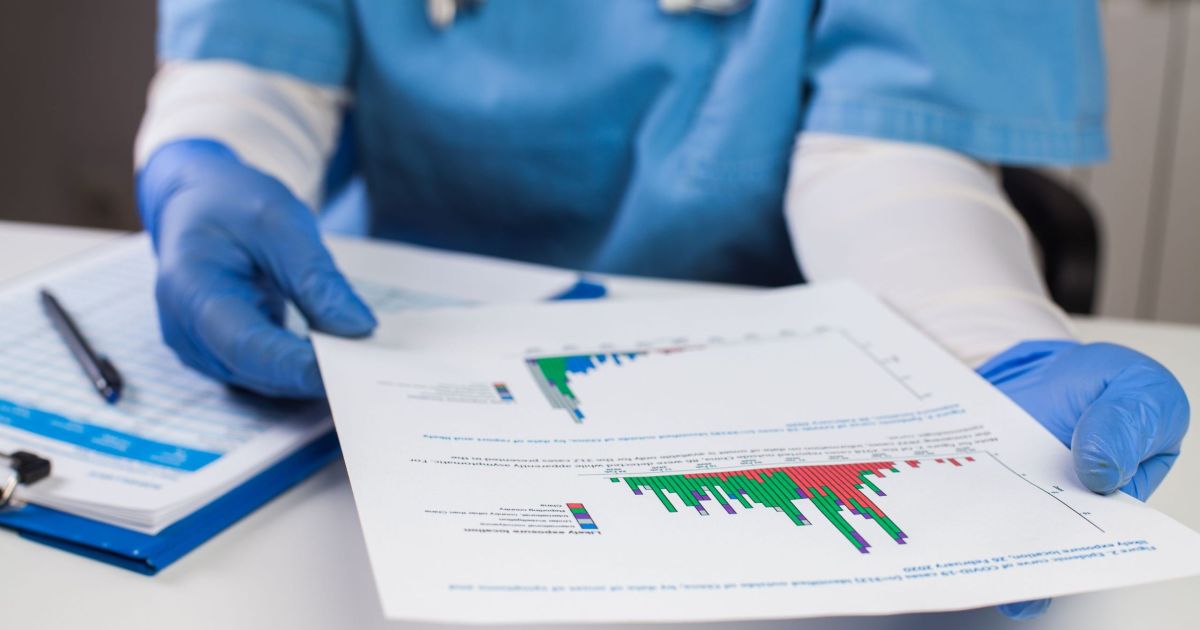
When the conversation in healthcare turns to “improving the patient experience,” most people focus on surface-level fixes: friendlier clinicians, shorter wait times, or better facility design. But the deeper constraint on patient-centered care isn’t empathy or efficiency.
It’s connection.
Beneath every exam, lab result, and treatment plan lies a tangled web of disconnected systems. Data scattered across EHRs, labs, imaging platforms, and claims databases.
Each optimized for its own workflow, but few built to work together. And the patient is left with the job to integrate it all together. Until that changes, the patient experience can’t truly evolve.
This is the patient experience problem nobody talks about.
When Data Doesn’t Follow the Patient
Most patients assume their health data follows them as it does in other industries. In reality, their data is scattered across dozens of proprietary systems that rarely share context.
- Primary care notes in one EHR
- Specialist records in another
- Imaging scans on a PACS server
- Pharmacy and claims data hidden in separate portals
That fragmentation isn’t just inconvenient. It creates blind spots that ripple through care delivery—especially as health data grows in volume and complexity.
The Hidden Cost Curve of Disconnection
Every missing data point introduces risk. A lab result that doesn’t surface in time becomes a missed diagnosis. A redundant test adds unnecessary cost. A delay in record transfer can alter a treatment plan.
This is the hidden cost curve of a disconnected ecosystem:
- Clinical risk: Incomplete data undermines decision-making and contributes to errors.
- Financial waste: Redundant testing and administrative friction inflate costs.
- Patient distrust: Confidence erodes when patients must repeat their story at every visit.
Fragmented data doesn’t just slow down operations. It makes care less coordinated, less effective, and ultimately, less human.
Why Fragmentation Still Dominates
If everyone agrees on the problem, why hasn’t it been solved?
Because the system wasn’t designed for connected care.
Legacy EHR architectures are built for billing, not collaboration. There remains limited interoperability despite progress with FHIR and APIs. Meanwhile, competitive and compliance barriers make sharing data risky. And while some have started adopting AI and advanced analytics, existing silos cause the same fragmentation at new layers.
For all the talk of digital transformation, most health systems still operate in a model where the patient is the integrator.
From Interoperability to Intelligence
The industry’s next leap forward isn’t just about connecting systems—it’s about making data intelligent enough to connect itself.
Artificial intelligence can now reconcile, normalize, and contextualize disparate data sources automatically, thus creating an AI-ready foundation that transforms scattered records into a living, learning ecosystem. No longer does the patient need to be the integrator….on top of everything else that comes with being a patient.
The shift from interoperability to intelligence is how healthcare can move from data collection to truly data-driven care.
What Connected Data Makes Possible
When clinicians have the full patient context in front of them, everything changes.
- Care teams stop chasing charts and start delivering insight.
- Patients stop repeating their stories and start feeling seen.
- Healthcare begins to feel personal again – care that truly knows you.
Looking Ahead to HLTH 2025
At HLTH 2025, Presidio will unveil HealthSense AI, a new accelerator designed to help healthcare organizations unify fragmented data, make it AI-ready and make the next right decision autonomously.
By automating the work of reconciliation and insight generation, HealthSense AI enables connected, contextualized care experiences that restore what patients value most: confidence that their providers see the whole picture.
Because AI in healthcare isn’t just about automation.
It’s about understanding.
It’s about connection.
It’s about care that finally feels human again.

